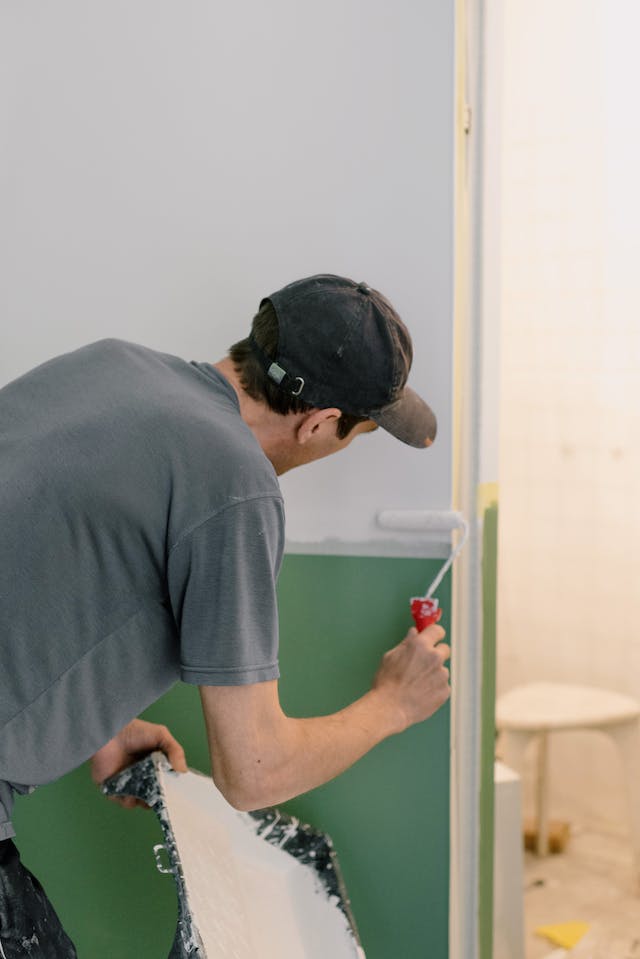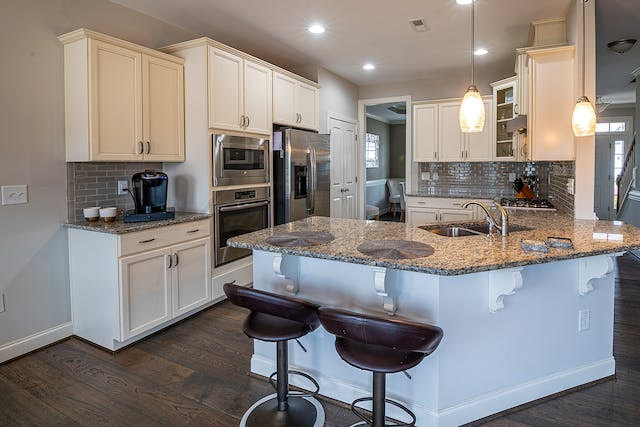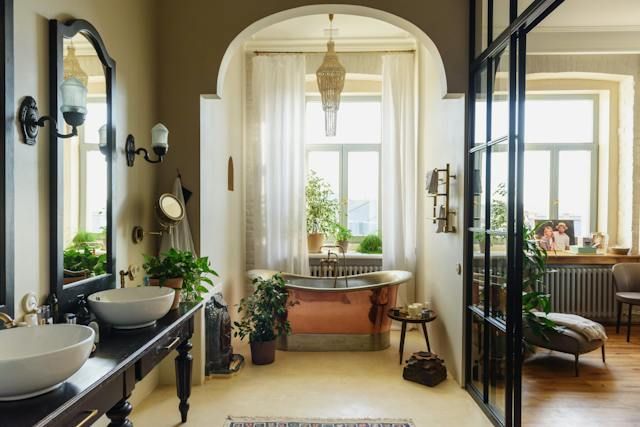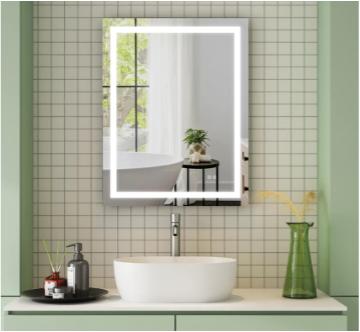Designing a home is more than just arranging furniture and picking color schemes; it’s about creating an environment that resonates with your individuality. The journey to crafting a personal sanctuary involves a deep understanding of your unique tastes and how they translate into the Spaces with Unique Design Elements you inhabit.
This article delves into the myriad ways you can infuse your home with distinctive design elements that reflect your personality. From establishing a personal vision to selecting the perfect accent pieces, we explore the transformative power of customised interiors. Embrace the opportunity to create a space that not only looks exceptional but also feels like an extension of your personal narrative.
Creating a Personal Vision: The Foundation of Your Design Journey
The first step in personalising your space is to define your personal style. This process is less about adhering to conventional design rules and more about trusting your instincts. Consider what colours, textures, and furnishings resonate with you. Do you lean towards bold, vibrant hues, or do you find solace in muted, earthy tones?
Assess your current space and identify elements that you’re drawn to. This introspection is crucial in laying the groundwork for a home that truly reflects your personality. A mood board can be an invaluable tool in this phase. Collate images, fabric swatches, and inspirational quotes that speak to you.
Over time, patterns in your preferences will emerge, guiding your design decisions and helping to create a cohesive yet uniquely personalised space.
Mixing Patterns and Prints: A Bold Approach to Personalized Interiors
Introducing a variety of patterns and prints can dramatically elevate the character of your living space. The key is to strike a balance that feels harmonious rather than chaotic. Begin with a dominant pattern that you love and gradually layer in complementary designs. For instance, a large floral print can be offset with smaller geometric shapes or subtle stripes.
The secret to success lies in maintaining a consistent colour palette across different patterns to ensure cohesiveness. Don’t shy away from experimenting with contrasting textures as well – a smooth, sleek fabric paired with a rough, tactile one can add depth and interest.
Remember, personalising your space is about breaking free from convention and embracing what feels right for you. Let your choices be a reflection of your unique aesthetic sensibility.
Accent Pieces: The Key to Distinctive and Memorable Interiors
Accent pieces are the jewels in the crown of interior design, offering an opportunity to inject personality into your space. Whether it’s a striking sculpture, a vintage lamp, or a quirky armchair, these items act as focal points, drawing the eye and creating interest. When selecting accent pieces, consider their scale and how they will fit into the existing scheme of the room.
It’s not just about aesthetics; each piece should resonate with your personal story or interests. Think about the backstory of each item – perhaps a ceramic bowl picked up on your travels or a painting by a local artist.
These stories add layers of meaning to your decor, transforming your space into a curated gallery of your life experiences. The goal is to create a space that feels both personal and inviting, a reflection of your journey and tastes.
Balancing Aesthetics and Functionality: Smart Design Choices for Everyday Living
When it comes to interior design, the balance between aesthetics and functionality is key. This is especially true in urban homes where space can be at a premium. Brands like Furl have understood this need, offering stylish solutions like storage beds and sofa beds that combine form and function seamlessly.
A storage bed, for instance, provides a dual purpose: it serves as a comfortable place to rest while offering ample storage for keeping the room clutter-free. Similarly, sofa beds offer the flexibility of a guest bed without sacrificing style or comfort in your living space.
When selecting furniture, it’s important to think about how each piece will serve you daily. Opt for items that not only appeal to your sense of style but also meet your practical needs, ensuring your home is not just beautiful but also wholly liveable.
Art and Accessories: Expressing Yourself with Carefully Selected Pieces
Art and accessories are more than mere decorations; they are expressions of your inner self and can tell the story of who you are without a single word. The art you display can range from bold, contemporary pieces to classic, timeless paintings, depending on what speaks to you. It’s about creating a dialogue between the art and the viewer, offering a glimpse into your world.
Accessories, on the other hand, are the finishing touches that complete a room. From elegantly draped throws to intricately patterned cushions, each element contributes to the overall ambience.
When choosing these pieces, think about the emotions you want to evoke in a room. Do you prefer a calm, serene atmosphere or a vibrant, energetic space? Let your selections be guided by the feelings you wish to foster in your home, creating a sanctuary that is uniquely yours.
Personal Spaces, Personal Stories: Incorporating Memorabilia and Heirlooms
Incorporating personal memorabilia and heirlooms into your interior design is a beautiful way to infuse your space with history and meaning. These items, be they old photographs, a family quilt, or a cherished collection, bring a sense of continuity and personal narrative to your home. Displaying these pieces thoughtfully can create a bridge between the past and present.
For example, an antique clock passed down through generations can become a centrepiece in a modern living room, symbolising the merging of different eras. The key is in the placement and presentation – a vintage item can be juxtaposed against contemporary decor to highlight its uniqueness.
Seasonal Refreshes: Adapting Your Space for Changing Moods and Needs
Adapting your space with the changing seasons can bring a refreshing energy to your home, aligning your living environment with the rhythms of nature. Seasonal refreshes need not be extensive; small changes can have a significant impact. As summer approaches, consider lighter fabrics and brighter colours to echo the vibrancy outside.
In contrast, winter calls for cosier textures and warmer tones, creating a snug, inviting atmosphere. Updating cushion covers, throws, or even wall art can effectively shift the mood of a room. These periodic updates keep your space feeling dynamic and responsive to your changing needs and preferences.
Additionally, incorporating elements like seasonal flowers or scented candles can add another layer of sensory change, further enhancing the seasonal transformation of your home. Remember, your living space is an evolving entity, reflective of both the external world and your internal state.
Final Thoughts
Crafting a sanctuary where every element resonates with your personal journey is an artful endeavour. This exploration of interior design moves beyond mere aesthetics, delving into how spaces can mirror our identities, stories, and evolving lifestyles.
From the foundational step of defining a personal vision to the joy of mixing patterns and prints, each aspect of design we’ve discussed contributes to creating a living space that’s uniquely yours. The thoughtful integration of accent pieces, art, and memorabilia transforms homes into vivid narratives of individual lives.
As we’ve seen, balancing beauty with functionality, particularly through smart choices like multi-functional furniture, ensures that our homes are not only visually pleasing but also deeply practical. And as life unfolds in its seasonal rhythms, our spaces can adapt, reflecting the changes in our mood and needs. Ultimately, the journey of personalising your space is continuous, much like the stories we live. Each choice, from a carefully selected heirloom to a seasonal refresh, is a brushstroke in the ever-evolving masterpiece of our homes. May your space be a true reflection of your unique spirit, a haven that embraces and celebrates the essence of who you are.










